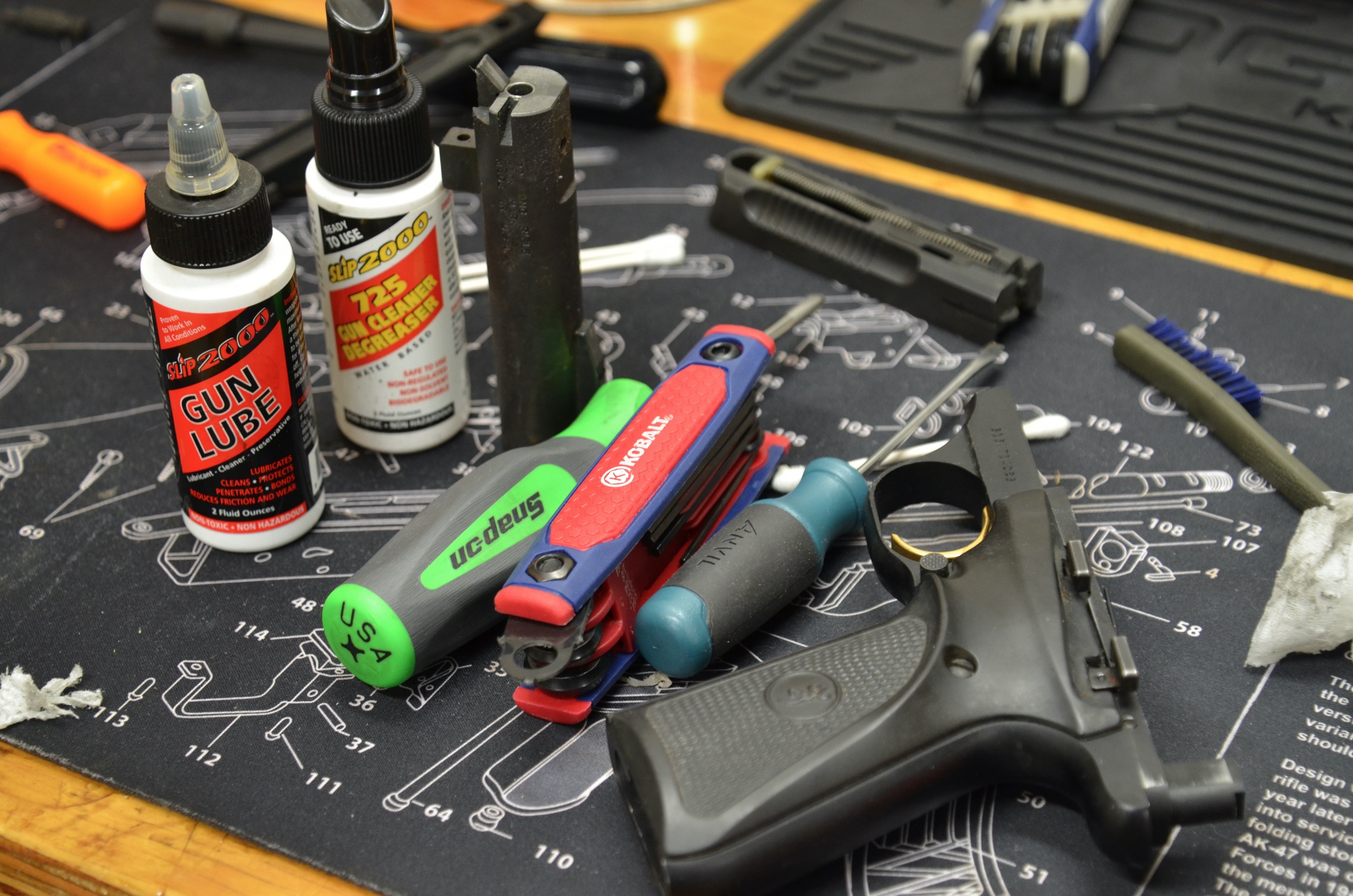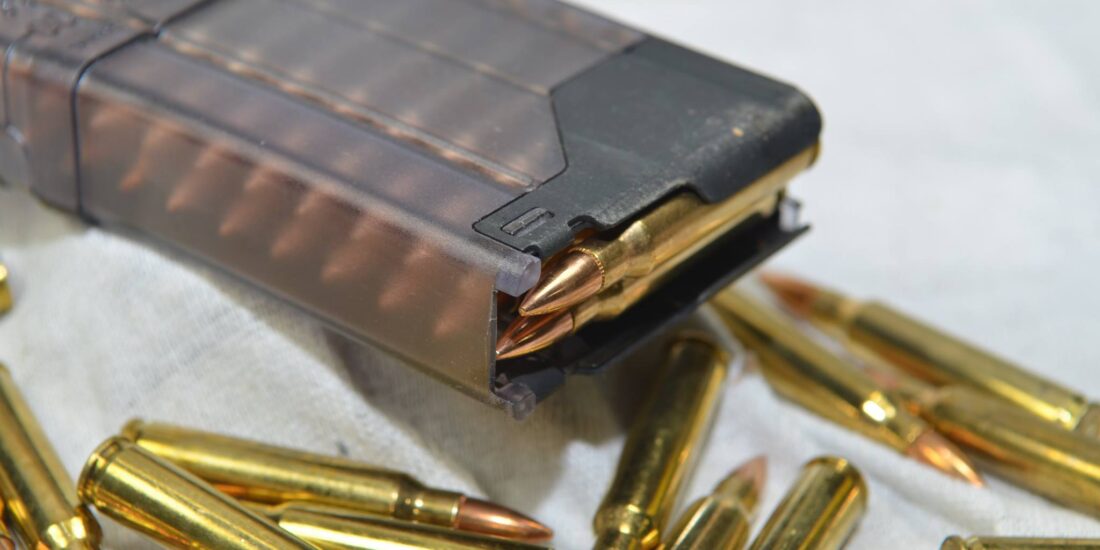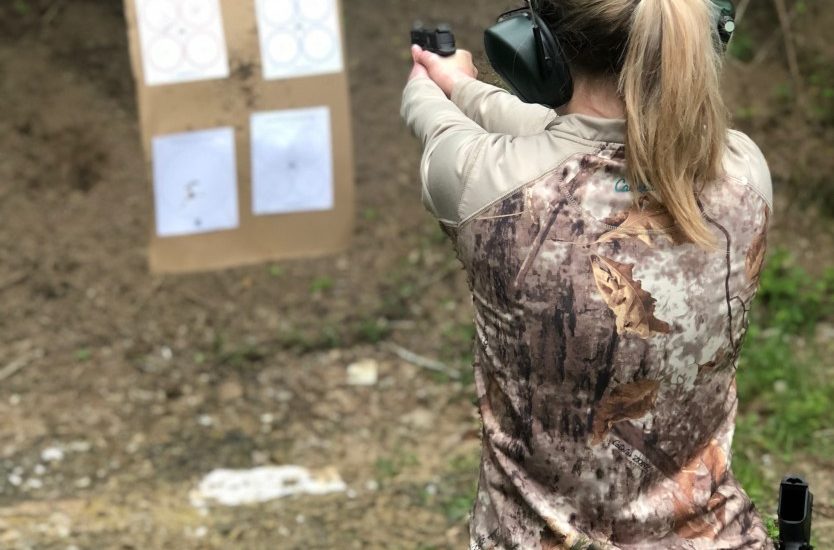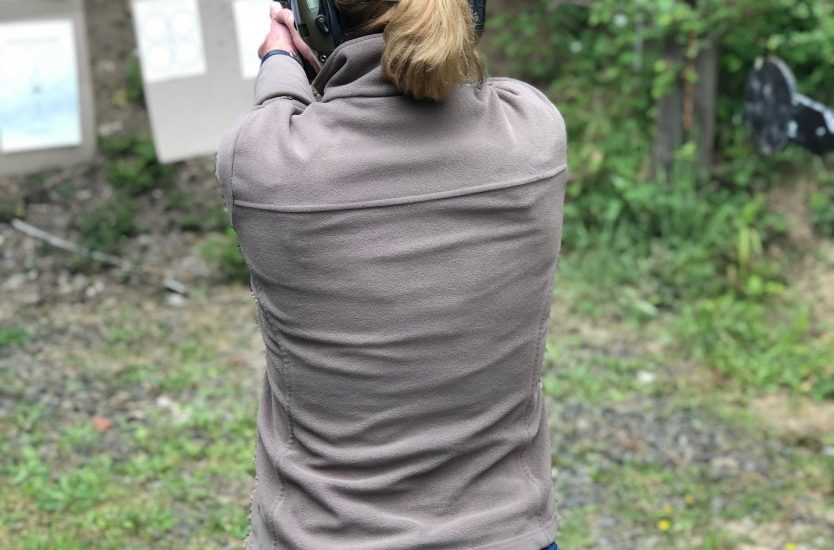Range Tips for Shooters New and Old

Hi Shooters,
This is a guide for novice shooters, not pros. Although reviewing the basics helps us all.
When I think about my own training I end up thinking about a few things: skills, drills, justification, efficiency and gear. I think each subject deserves its own blog post, but giving a primer here can be helpful as we evolve. I want to keep this short and sweet. Also I’d like to introduce something that will follow us on the rest of the blog posts: side panel. This is sort of like an asterisk, but right there where you need it for an explanation. So for example:
Bringing the correct gear to the range means a TON of things to many people. For us the basics are ears and eyes, targets, target stands (if applicable on your range), staple gun or binder clips, 1×2’s, the firearm(s) I’m planning on training with, magazines & ammo to feed that firearm, marker, shot timer, mag pouches, holster/sling and a med kit.
Side box: MED KITS
We think this part of the kit is so important. You are much, much more likely to need a medical kit for first aid than you are to use your gun to defend your life (not to diminish that skill). And while injuries should NEVER happen on the range, they do. So we wanted to list what we think is critical to have in a med kit (you can buy ours, or buy someone else’s). First, a pouch to organize every individual item. We find that pouches that include organizational aids like straps and tie downs are helpful here.
Pics of med kit with labels.
Here’s the thing. You actually need to know how to use the items. Each of our shooting classes starts with a primer in medicine, and we offer medical specific training taught by an 18D special forces medic. If you don’t take this part seriously, you most likely won’t like shooting with us. Our focus is on practical shooting and skills – not fancy drill shooting and paper target work.
So that’s how we use these boxes, simple explainers to compliment what we are driving at. So let’s quickly finish the least important section of this conversation: gear. We recommend stock configurations on every firearm and magazine. This is simply a reliability function. Firearms manufacturers know more than I do about producing reliable guns. So I defer to them on construction and features. I also own a race gun, but I don’t train with it for practical shooting. I almost always try to train with my EDC setup – because I wear it every day. I even shoot that way for Carbine training and use my “truck gun” because I am most likely to have them with me if, God forbid, I ever need to use my firearms on another human being. I purposefully left that last sentence dramatic.
New shooters are lucky to have an unending myriad of choices for their firearms and gear but here are some pointers to make your life easier and hopefully more affordable when it comes to practical shooting.
Get a great pistol. Some of my personal favorites are the Glock 19, Sig Sauer P365 XL, and Sig 229. Here’s the catch it doesn’t really matter. Pretty much any firearm from a major, reputable and consistent manufacturer will outshoot you. Want a CZ, great. Canick your flavor, awesome. I personally prefer a striker fired type, but your choice. Even revolvers have a place in concealed carry. The most important decision you make should be to only get one. And then never switch. Familiarity results in clean, efficient action under stress. It’s really that simple.
You should get metal sights on your pistol with a flat component to the rear sight for one handed malfunction drills. Other than that, leave the pistol alone. A stock Glock is a phenomenal pistol. I also recommend a front sight with a high-viz component.
Running a light on a carry pistol is necessary. There’s too much commentary about this to explain. But, bad things happen in the dark – you need to be ready. Use a reputable brand even if it’s more expensive. Because there are so many brands I’ll just recommend surefire. There are tons of others, buy at your discretion.
Belt, for this stage it doesn’t matter.
Mag pouches, have two with at least one completely open. Doesn’t matter. Amazon specials work great here.
Holster. Guys love talking holsters. I personally prefer the comfort and concealability of an Outside the Waistband (OWB) holster for winter, and an Inside the Waistband (IWB) for summer. The technique on an OWB is easier to master, so let’s start with that. Appendix carry is NOT for beginners. Just don’t. The mantra is crawl, crawl some more and then maybe when you are awesome at crawling think about walking. And then in a couple years think about running. Drawing a pistol is hard to do efficiently safely, just make it easy on yourself. I recommend a commonly used kydex holster. They are simply safer.
Pistol mags. Have at least two, three is better. I can’t repeat this enough: use factory mags. Yes there are others, there are awesome looking extenders. Leave it alone. Use any factory mag (from the manufacturer of your pistol). They usually make low and high capacity options. If you can afford it, get at least two for use and two for back ups. 5 or 6 is even better. Use a cheap paint pen from Home Depot to mark your mags. If you notice that one is constantly causing problems, mark it. I like to mark each mag with the gold pen that comes in the four pack. It works at night and during the day. I like to put my initials and the number in that series (glock 15rd mags for instance). I mark a busted mag with a red paint pen and immediately contact the company who made it for a replacement. If that doesn’t work I try the retailer that sold it to me.
You should not be spending more than $1,000 bucks for everything on this list so far. I’ve made a nice spread sheet for you here: INSERT LINK. So you can track your purchases. Using the feedback columns will guide you on what to look for and track how your opinion changes/stays the same over time.
Okay: Rifle.
Let’s talk about three components of rifle: Pattern, Safety, and Add-ons. I think you should get an AR-15 variant. If your state doesn’t allow that – get the closest thing. If you like AK’s, cool – but they are harder to master. If you want a bullpup, I mean I want a gullwing car too – but not to drive to work. Safety is a big concern here. Guns blow up all the time (seriously). So a good rule of thumb is to buy a rifle (complete) from a company that’s big enough to sue. I don’t advocate suing gun companies, but their lawyers have made sure that the quality control is good enough for them to sleep at night. Even if they do sleep upside down (the lawyers). I like to buy a gun with sling mounts and 1913 rail sections so I don’t have to buy aftermarket parts. Aero Precision makes a quality gun. I have a PSA that runs at classes all the time. I love it. Don’t spend more than $1000.00 for your first AR. Barrel length doesn’t matter at this stage as long as it’s over 10.5”. MAKE SURE TO FOLLOW ALL THE LAWS concerning barrel length. They don’t allow guns in prison, or after. Add-ons, there’s the big one – keep yourself in control here. This is how I like to explain it:
Sling. Get this first. Get it with an adjustable length. Larry vickers makes a great sling, so do the IDF surplus stores, as does Kyle Lamb. Do NOT go for an amazon special here – seriously.
Get an optic. I like red dots, reflex sight work too. There are so many. The best are EOTech and Aimpoint. Holosun is a great duty grade (durable) option at a lower price point.
Flashlight. See comments above, you get the idea.
Forward grip. It’s helpful for controlling recoil, not for holding. Angled foregrips work too, as do handstops. Magpul is kind of the go to here.
Notes on keymod, m-lock, 1913. It doesn’t matter. Just make sure that all the pieces are the same kind and then stick with it (remember your top rail is always 1913). My preference is M-Lock, but you always need 1913 as well – so it might be easiest to go with that at the beginning. ** these are types of weapons mounting solutions ** google them if you do not understand.
This list is written in importance of order and critical nature. Use it that way. On my rifle you’d also see backup sights (which normally come with the rifle, use metal ones) and a laser system. I also have an adjustable stock. You don’t need that, but it can be nice. You might see a laser system for using night vision – because I use AND own night vision. You do not need any of that. And you don’t need an aftermarket trigger, you just don’t. If you’re a lefty, there are some considerations with making sure you have a rifle setup for you. Have an EXPERIENCED gunsmith change out your safety for ambidextrous one and the same with your charging handle (reference pics below).
Wow point 1 was long. Point 2 is short. You need three magazines to start. Training with more is good, but way beyond the pail of things you really need.
Mag pouches. Amazon specials are fine, buy better if you can afford it. The way I think is best to run magazines is the following. One in the gun, two on your belt. How you organize them will be dictated by your use case. You can find out much more at our classes (shameless plug). I like the first one (closest to my front) to be open top and the second one to be closed top. There are many configurations of closed top magazine pouches, see the picture to get an idea of both. If you are going to spend any money on either the open top is more important to buy quality. You don’t want to lose your mags. There’s literally nothing worse than not having bullets when you need them.
You don’t need anything else.
If you’ve spent more than $1,500.00 at this point you are messing up. $2,500.00 for a rifle and pistol is a ton of money. A ton. Just leave it there. And make sure to leave yourself feedback on the excel sheet.
Okay now that we got that out of the way, let’s transition to other things you’ll need at the range:
Ears: you generally need your anatomical ears to work so buy some hearing protection. Foam ones work as do ear muff designs. Don’t spend money on this. We call hearing protection “ears” and you’ll often hear “ears and eyes” on the range referencing the time to put on your goggles/ glasses and hearing protection because the range is going “hot” or real ammunition is to be shot.
Eyes: I recommend the Milwaukee brand eye protection available at Home Depot. They are awesome and work better and are more solid than the really expensive versions. They also do not fog for me, but your mileage may vary.
Targets: target selection is super critical. I’m going to go over what to do once you’re on the range in my next post. Use our Hans target available here: INSERT LINK. Or use a paper humanoid (like a person) target.
Stands: Normally a range provides these, especially indoor shooting ranges. However you want your target to be on something. Not if you do decide to use paper targets you will also need a big piece of cardboard. It’s another thing to forget/source, so note that the Hans targets will not need one. Side note: use our “range university” gear list to make sure you don’t forget anything before or after you use the range. Keep track of your gear. We strongly recommend these stands INSERT LINK. They are durable, light, and awesome.
Usually stands require what are affectionately known by the shooting community as “popsicle sticks”. The rest of the world knows them as 1×2”s. They are sold in 8ft lengths. Have the Home Depot guy cut them down to 6’ for convenience and fitting in the bed of your truck. First cut is free, you’re welcome.
Also bring a staple gun (with staples) or binder clips (size large) to attach your targets to the stands.
Batteries: bring them for everything you have that needs electronics. Also any chargers.
Phew. That’s a lot. Oh, wait. BRING AMMO. Bring way more ammo than you need. Always. Buy cheap as possible. If they cause your gun to malfunction, that’s great for training. Buy the correct calibers and buy in bulk (.223 Remmington IS different than 5.56mm). You will go through 1,000 rounds very quickly. You do not need to match your training ammo to your “carry ammo”. You just don’t. At the distances self-defense shootings happen at, you will not need to be so meticulous with recoil management. When you advance a more nuanced conversation can and should happen. But when you are training 50 meters or yards and in (as you should be) – forget it.
Hopefully that’s helpful. Use the excel sheets for additional help. Looking forward to seeing you out there. If you don’t feel confident, come get some confidence with us at one of our training days. We focus on a simple ethos: provide great value for our customers with high level education, calm and reasoned explanations, safety safety safety, and practical knowledge. We probably won’t be the best place to take pictures for the gram. There are plenty of trainers out there, this one is ours.
by First Sargent G:
I am first and foremost a civilian firearms enthusiast these days and firm believer of the 2nd Amendment. I am lucky enough to teach responsible civilians and law enforcement officers shooting and medical first response in small classes.
I served in the IDF in a special reconnaissance unit that was formerly under the Paratroopers Brigade and is now part of the 89th “Oz” Brigade. I subscribe to the idea that no one technique covers every situation and dogma has no place in firearms training – especially when threats develop and evolve so rapidly. Always carry a tourniquet!
Featured image courtesy of Heath Layman






